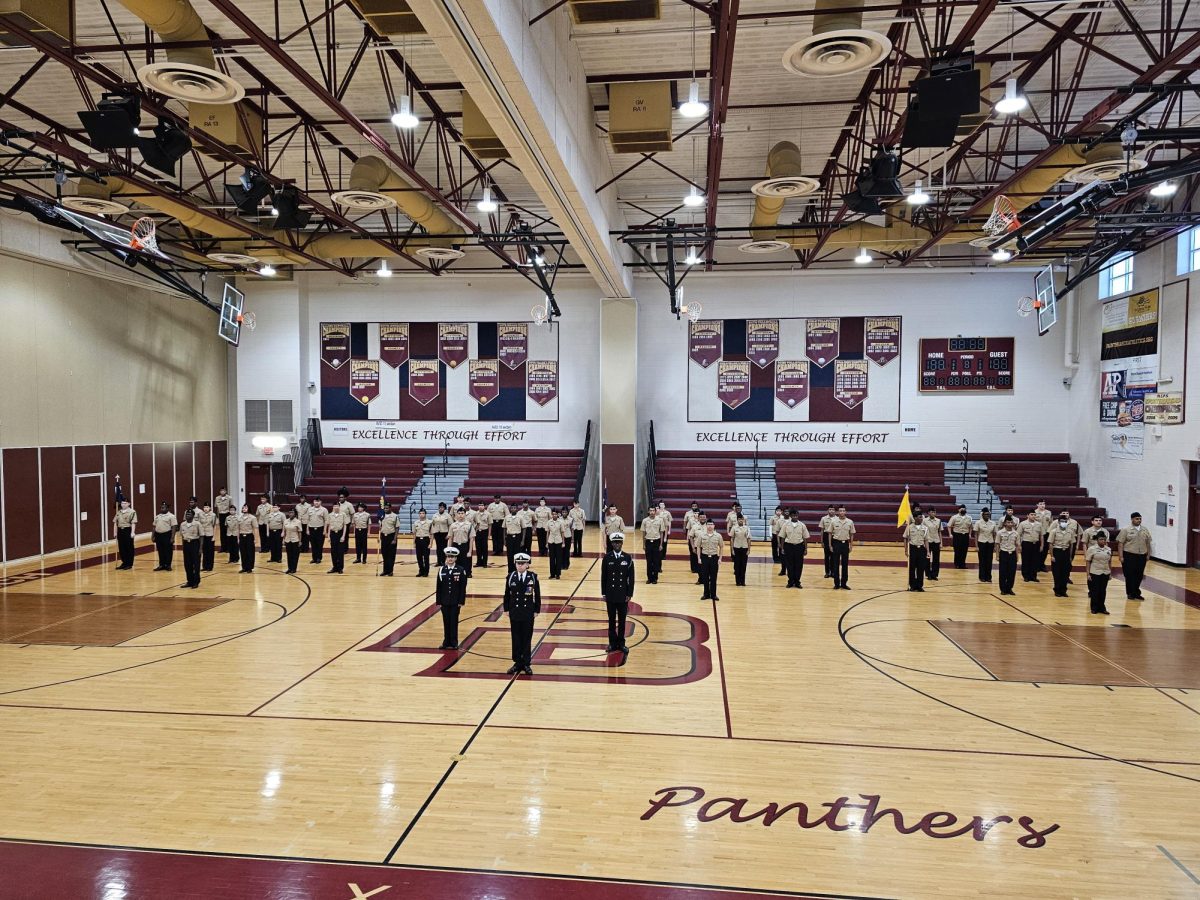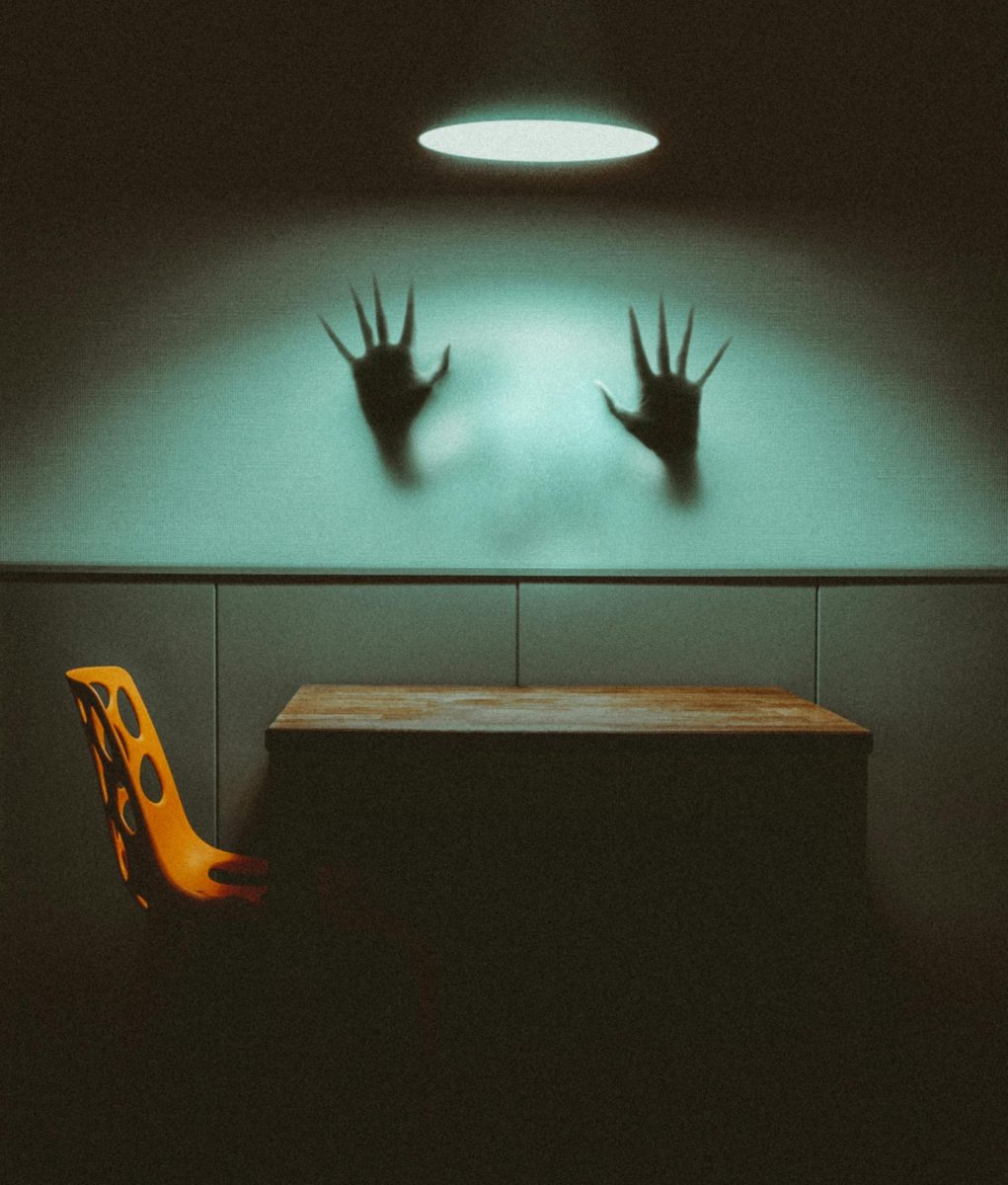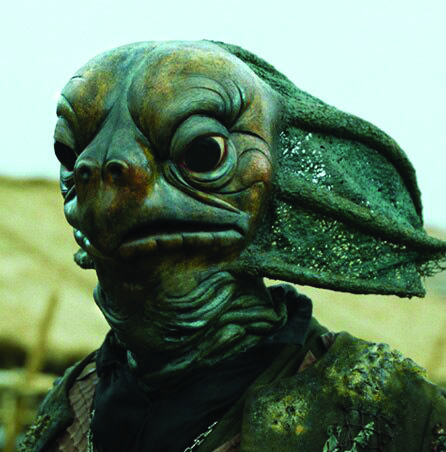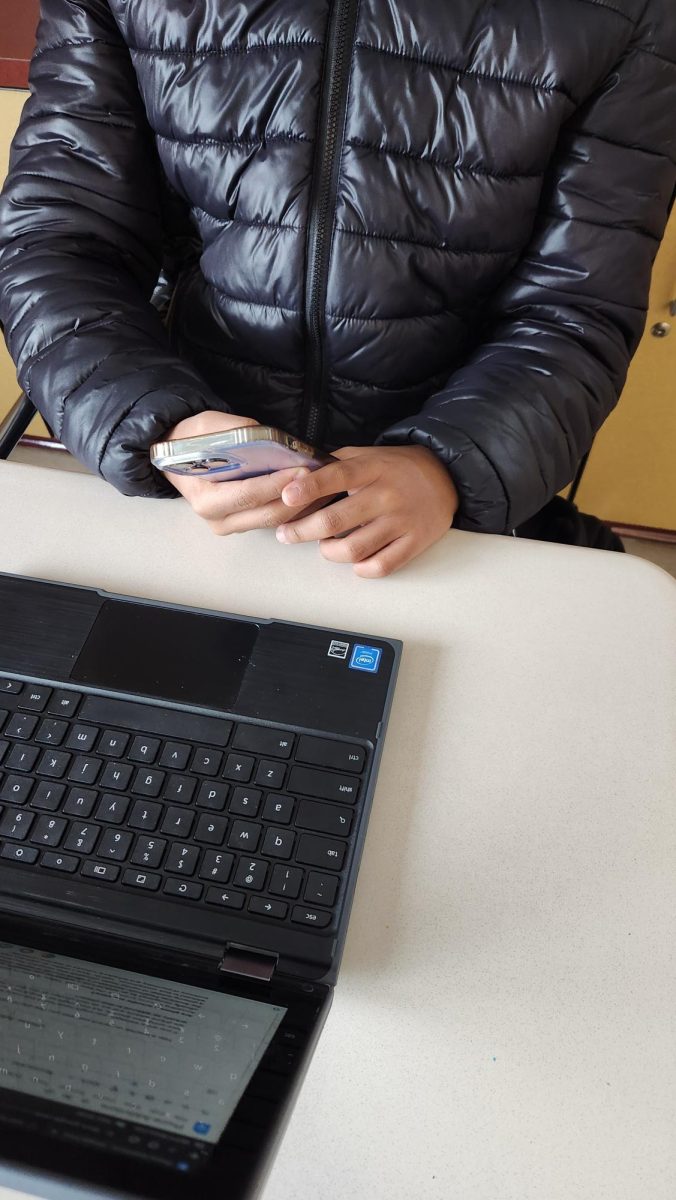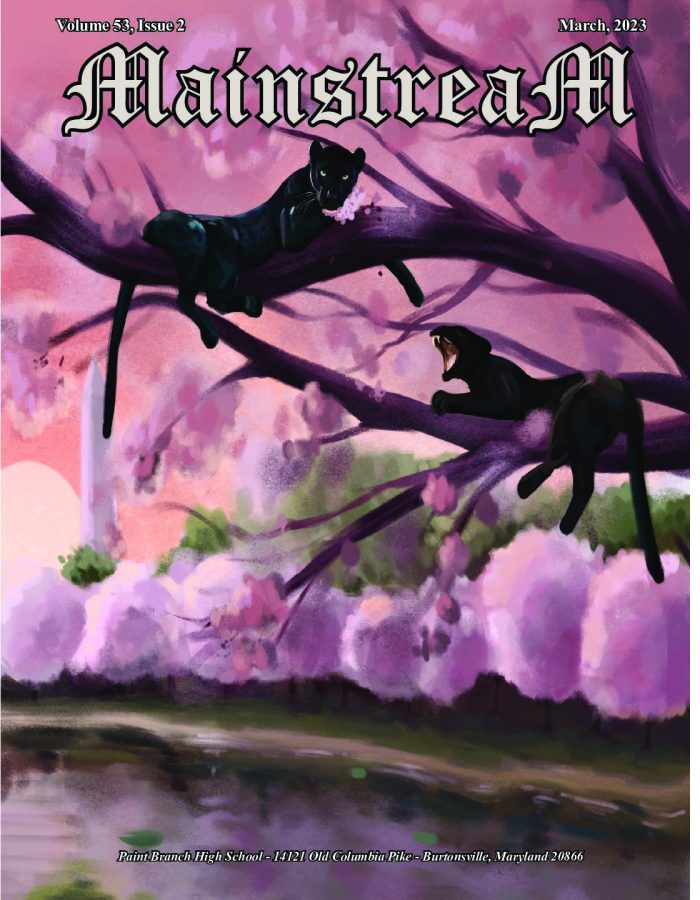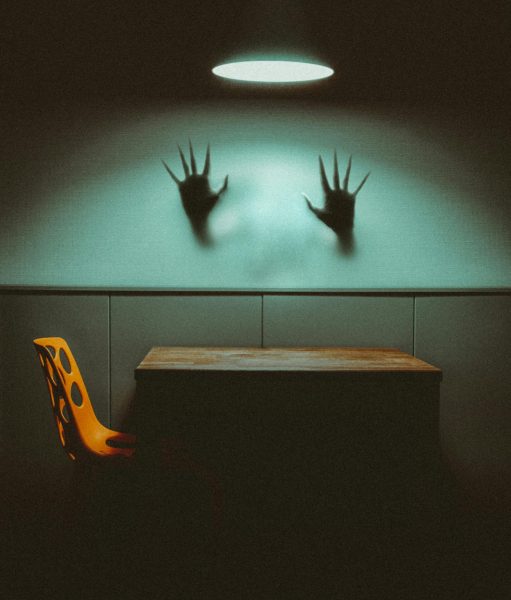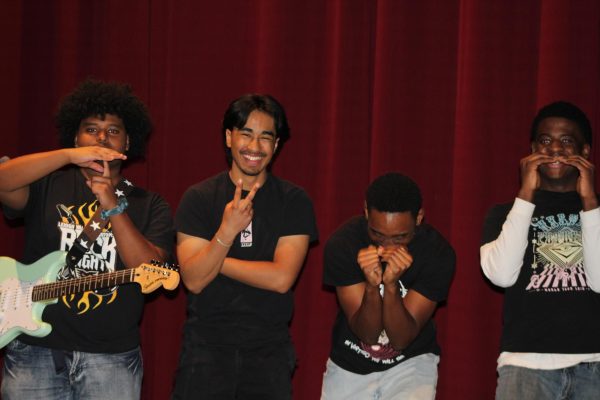Kubo and the Two Strings
Old World Japan Meets New World Filmmaking
October 26, 2016
Are you interested in traditional and feudal Japan? Do you want something different from the usual animation style that most movie companies use?
Well, the movie you’ve been looking for is just a short car ride and a ticket away. Director Travis Knight, writers Marc Haimes and Chris Butler, and Production Company Laika have taken a historical period in Japan and melded it with 3D, stop-motion fantasy, action and adventure in their film Kubo and the Two Strings.
According to Variety magazine, Knight wanted to show the audience something new in relation to both the type of animation he and his team used and the overall storyline, which he feels deviates from the traditional Disney or Ghibli norm which is the repetitive 2D style.
Well, Knight certainly accomplished what he and his team set out to do, as Kubo and the Two Strings is both eye-popping and uniquely heartwarming. The story revolves around a boy named Kubo, whose eye got stolen by his grandfather so he, Kubo, would stay in the immortal realm with the rest of his magical family members who lack the eyes of humanity that hold the beauty of their souls. However, he doesn’t want to leave his mortal life behind and, with his magical shamisen (a three-stringed lute) and the friends he meets along the way, he will protect the only eye he has left and the love he has been born with towards all of humanity.
This movie has already garnered positive reviews from movie critics like Raakhee Mirchandani from The New York Daily News, Lenika Cruz of The Atlantic, and Glenn Kenny of The New York Times who said, “The action is gorgeously fluid, the idiosyncratic 3-D visual conceits are startling, and the story and its metaphors resolve in unexpected and moving ways.”
This is all true; this movie brings certain elements from ancient Japan and mixes them with modern humor to produce a “pièce de résistance.” However, the film has caused an outcry in the social media world because many of the voice actors are Caucasian and fans feel that since the movie lacks recognized Asian voice talent, this film could have expanded the talent pool for voice actors.
In response to the criticism, Knight, the director and CEO of Laika Animation, stated in a BuzzFeed News phone interview, “Ultimately, what matters most for us is the ability for an actor to convey the nuance and the emotional truth of the role … using the only tool that they have at their disposal, which is their voice.” He went on to add, “There are very few actors in the world that can do that. There are a lot of great actors that can’t do that.”
For Kubo and the Two Strings’ voice actors/actresses, he was looking less at the face and the race and more at the emotion the actor could put into his/her words, as well as how each could immerse him/herself into his/her character.
A voice actor has to be gifted at communicating his/her character’s personality, and Irish actor Art Parkinson turned himself into the modest storyteller Kubo, a boy from the Heian-period of Japan who later became a great hero/adventurer.
In the end, what everyone saw from the voice actors’ emotional portrayal of the characters and the producer’s 3D, stop-motion technology is the masterpiece of 2016.


